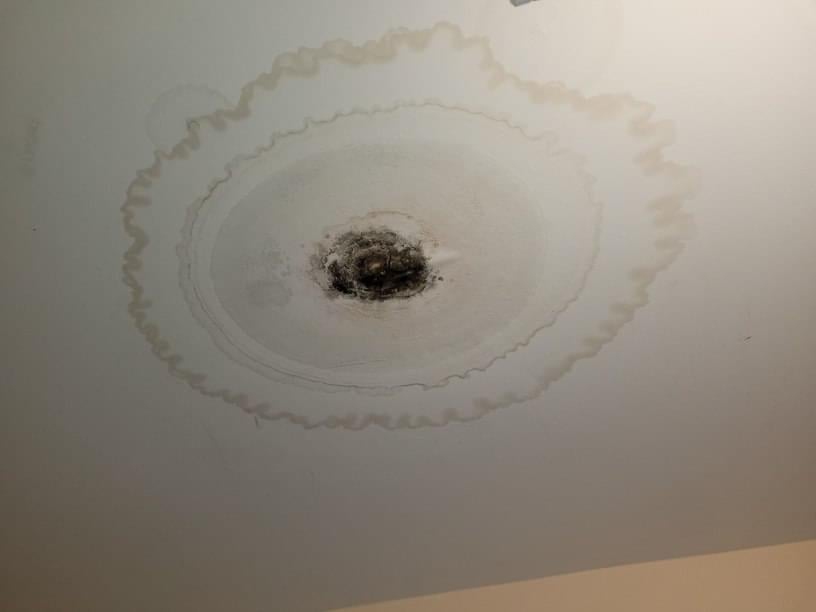6 Ways to Find Hidden Water Leaks in Your House
6 Ways to Find Hidden Water Leaks in Your House
Blog Article
We've uncovered this article relating to Finding hidden leaks below on the internet and reckoned it made perfect sense to relate it with you on this page.

Early discovery of dripping water lines can mitigate a potential disaster. Some small water leakages may not be noticeable.
1. Check Out the Water Meter
Every home has a water meter. Examining it is a proven way that aids you uncover leaks. For beginners, shut off all the water resources. Guarantee no one will purge, make use of the faucet, shower, run the cleaning device or dishwasher. From there, most likely to the meter as well as watch if it will alter. Because no person is utilizing it, there must be no activities. That indicates a fast-moving leak if it moves. If you spot no changes, wait an hour or 2 and also examine back again. This indicates you might have a slow-moving leak that might also be underground.
2. Inspect Water Usage
If you spot unexpected changes, despite your usage being the same, it indicates that you have leaks in your plumbing system. A sudden spike in your costs suggests a fast-moving leak.
A steady rise every month, even with the same practices, shows you have a slow-moving leak that's likewise gradually escalating. Call a plumber to thoroughly check your building, especially if you feel a warm location on your floor with piping underneath.
3. Do a Food Coloring Test
30% comes from commodes when it comes to water consumption. Examination to see if they are running properly. Decline flecks of food shade in the container and also wait 10 mins. If the shade in some way infiltrates your bowl throughout that time without flushing, there's a leakage in between the tank and bowl.
4. Asses Exterior Lines
Do not fail to remember to check your outdoor water lines also. Should water seep out of the link, you have a loosened rubber gasket. One little leak can waste lots of water and increase your water costs.
5. Analyze the situation and also check
House owners should make it a habit to examine under the sink counters and even inside cabinets for any bad odor or mold development. These 2 red flags show a leak so timely focus is required. Doing regular examinations, even bi-annually, can conserve you from a major problem.
Check for stainings and also weakening as the majority of appliances as well as pipelines have a life expectations. If you presume dripping water lines in your plumbing system, don't wait for it to escalate.
Early detection of dripping water lines can minimize a possible disaster. Some tiny water leaks might not be noticeable. Checking it is a proven way that helps you discover leaks. One tiny leakage can waste tons of water and spike your water expense.
If you presume leaking water lines in your plumbing system, do not wait for it to rise.
WARNING SIGNS OF WATER LEAKAGE BEHIND THE WALL
PERSISTENT MUSTY ODORS
As water slowly drips from a leaky pipe inside the wall, flooring and sheetrock stay damp and develop an odor similar to wet cardboard. It generates a musty smell that can help you find hidden leaks.
MOLD IN UNUSUAL AREAS
Mold usually grows in wet areas like kitchens, baths and laundry rooms. If you spot the stuff on walls or baseboards in other rooms of the house, it’s a good indicator of undetected water leaks.
STAINS THAT GROW
When mold thrives around a leaky pipe, it sometimes takes hold on the inside surface of the affected wall. A growing stain on otherwise clean sheetrock is often your sign of a hidden plumbing problem.
PEELING OR BUBBLING WALLPAPER / PAINT
This clue is easy to miss in rooms that don’t get much use. When you see wallpaper separating along seams or paint bubbling or flaking off the wall, blame sheetrock that stays wet because of an undetected leak.
BUCKLED CEILINGS AND STAINED FLOORS
If ceilings or floors in bathrooms, kitchens or laundry areas develop structural problems, don’t rule out constant damp inside the walls. Wet sheetrock can affect adjacent framing, flooring and ceilings.
https://www.servicemasterbyzaba.com/blog/how-to-detect-water-leakage-in-walls/

As an avid reader on Leaking water lines, I assumed sharing that piece of content was worthwhile. For those who liked our blog entry kindly make sure you remember to pass it around. Thank you for your time. Come back soon.
Report this page